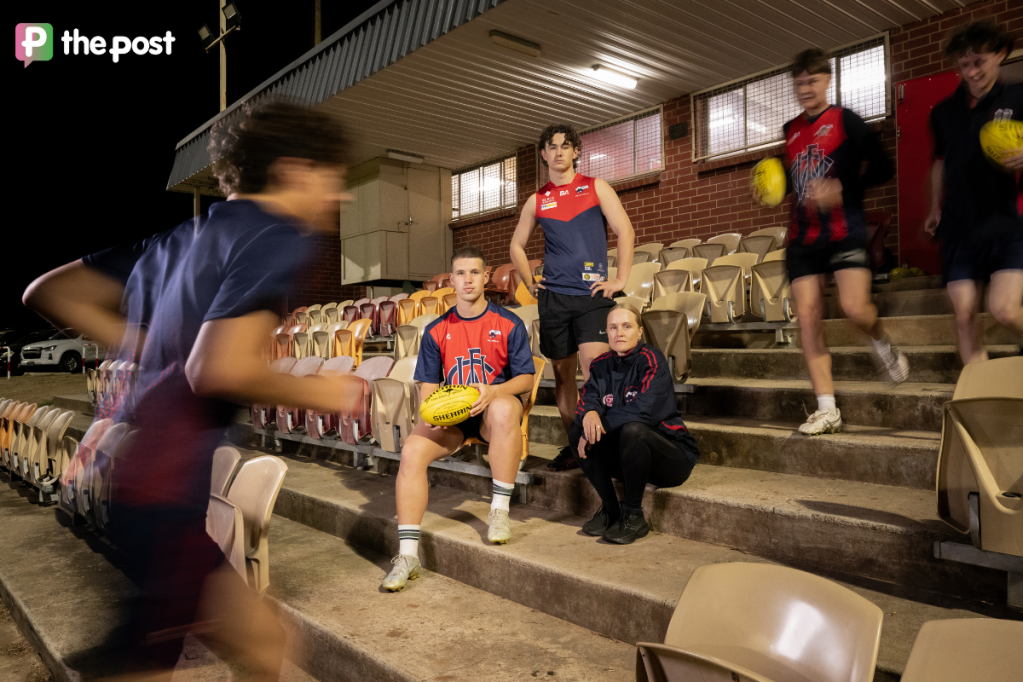Adelaide’s density barely changed in 30 years

Adelaide’s urban density has barely changed since 1981, according to a new analysis of urban development in Australian cities.
The analysis indicates the scale of the challenge facing Premier Jay Weatherill and his Government as they attempt to increase the number of people living in the inner city.
The number of people living in metropolitan Adelaide per hectare in 1981 was around 11.8; in Sydney at that time, that number was closer to 20.
By 2012, Adelaide’s density was up – to around 11.9 people per square hectare. At the same time, Melbourne was pushing 23.
Since 1996, Adelaide’s total urban population density has increased only 7 per cent – a slower rate than any of the six largest Australian cities.

The calculations, using Australian Bureau of Statistics Data, were done by census data expert Chris Loader.
Loader, who posted the data on his website Charting Transport on Tuesday where it drew widespread interest from the urban planning community, says the data reflects a general Australia-wide trend toward density – with Adelaide lagging behind.
You might like
“Adelaide started becoming more dense at a similar time to most other Australian cities, but its rate of densification is the slowest of the six largest Australian cities including Canberra,” Loader told InDaily.
“Densification is occurring much faster in Sydney, Melbourne, Brisbane, and – more recently – Perth.”
Overall density in Australia’s cities fell in the 1980s, the data shows, before starting to climb again in the 90s, with that climb accelerating in the larger cities in the last decade.
“Most cities were getting less dense in the 1980s (Melbourne quite dramatically), with the notable exception of Perth,” Loader writes on his website.
“I expect these trends could be related to changes in housing/planning policy over time.”
However, the data may not present a complete picture of what is going on in Adelaide, according to a local expert.
By trying to take a general average of the entire city, the data missed important nuances – especially the increasing density of the inner city in the last decade, according to George Giannakodakis, managing director of Infraplan and vice president of the Planning Institute of Australia, South Australian Chapter.
Adelaide continued to expand its metropolitan boundary, but at the same time density in the inner city was increasing, Giannakodakis said – “a tale of two cities”.
“When you take an average over the entire metro area you don’t see [that].”
Executive director of Urban Development Institute of Australia (SA), Terry Walsh, told InDaily Loader’s findings didn’t surprise him.
Stay informed, daily
“It is no real surprise to us. The density in the last few years I imagine has started to increase. But over the last 30 years Adelaide’s growth has largely been of the same type of traditional allotments, albeit that over the last decade particularly the allotments have started to decrease as serviced land has started to become scarcer … [and] the cost has increased.
“We retained a very traditional approach to our housing. It’s only in the last few years, fewer than three years, where are a larger number of people are saying Adelaide could be an attractive place with higher-density dwellings.”
The State Government’s planning and transport strategies are built around attracting more people into the inner city in medium and high-density accommodation, including apartments.
Higher residential densities are thought to reduce the cost of providing government services, such as public transport and infrastructure, because more people can be serviced in a smaller area.
But Loader’s data shows that to do that, the State Government will have to turn around a trend that stretches back at least three decades.
Planning Minister John Rau said South Australians had to choose between greater density or urban sprawl.
“The State Government’s recent changes to zoning around the city allow for a greater mix of housing options close to the CBD where services and infrastructure are already in place,” Rau told InDaily.
“The alternative is urban sprawl. Everyone agrees this is not a desired outcome.”
Community Alliance South Australia president Tom Matthews said the data indicated Adelaide had been low-density for some time, and therefore no pressure existed to move toward high-density development.
“To me, it means that a lot of the development that has been announced in recent weeks and months by the government, you’d have to ask what research has this been based on. What are the needs for all this development?
“Adelaide doesn’t have a culture of higher-density living. There’s been in the 40s and the 50s and the 60s a culture of larger house blocks. People value that.”
The decreases in density seen across Australia in the 80s are generally related to a metropolitan area’s size growing faster than its population. Adelaide, for example, has relatively low density because of its large geographical size and slow population growth.
Loader’s data uses a unique metric, population-weighted density, which is designed to be a better representation of how dense the average suburb in a city is.
Loader’s figures are in line with those from the ABS, which found Adelaide’s urban density actually fell 0.8 per cent between 1991 and 2001 due to an increasing suburban area.
According to the ABS, Adelaide’s highest urban density was found in the city’s inner rim – especially Unley, Parkside, Nailsworth and Broadview.








